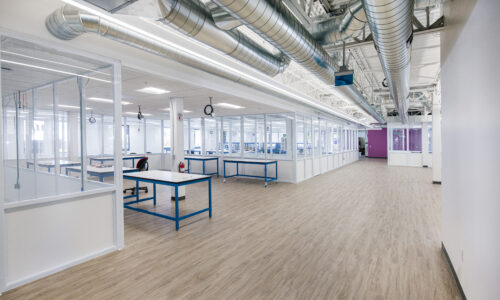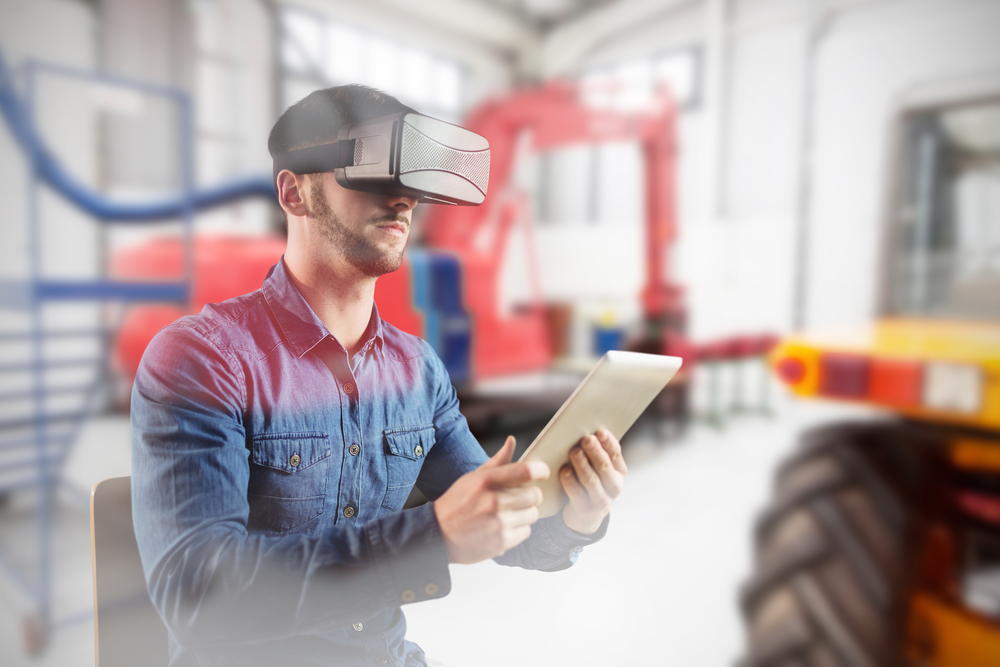
Face the New Reality: How Virtual and Augmented Realities are Changing the Construction Industry
For the first time in history, architects and developers can now render a building at 1:1 scale in a three-dimensional space using either virtual or augmented reality. These technologies enable architects to show clients and contractors their plans in fully immersive environments, allowing them to convey a more accurate depiction of the initial vision and design. In addition, construction staff can wear smart helmets to help them better understand complex building plans, and large equipment can be driven remotely by off-site users to plumb-align building materials in real time.
As virtual and augmented reality technologies continue to develop, they are truly a game-changer for the construction industry. Unfortunately, some business owners are uncertain about just how virtual or augmented reality in construction will impact business due to the cost and time learning new technology requires, making them reluctant to adopt these technologies. Despite this reluctance, many architects and other construction professionals have shown that the breakthrough technology can offer a wide variety of benefits to those working in the construction industry.
The key to overcoming the hesitancy is learning more about how these technologies work and how they can benefit the construction process. Let’s take a look at how virtual reality and augmented reality differ from one another and how each can provide its own set of unique opportunities for the construction industry.
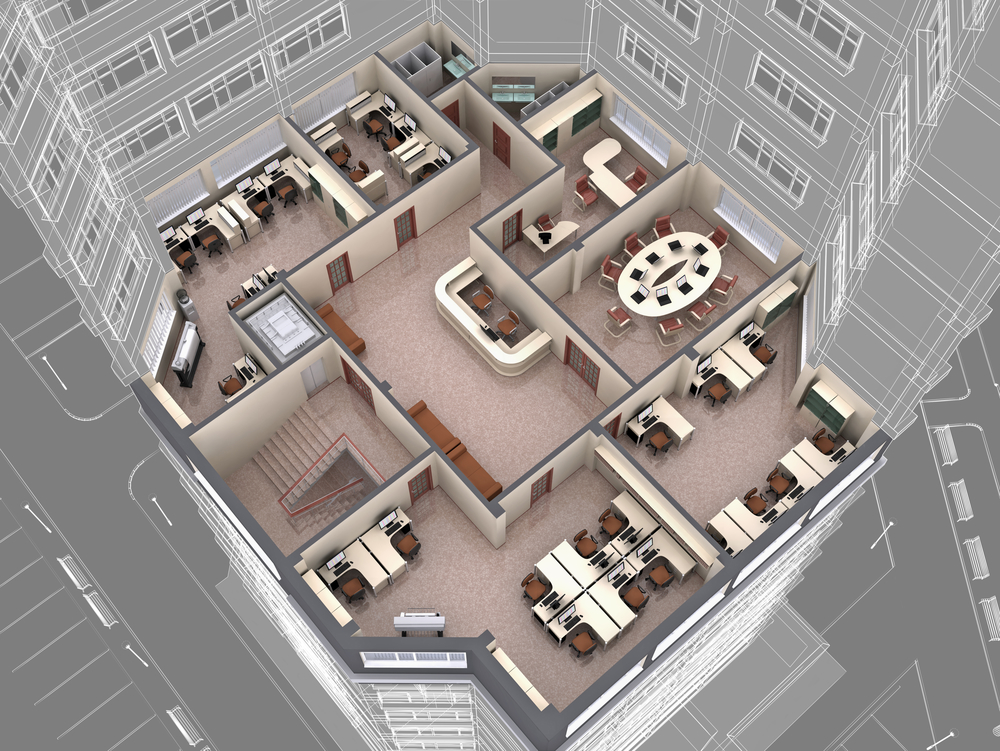
How Virtual Reality is Used in Pre-Construction
Virtual reality (VR) is used in the construction industry to provide a fully immersive experience for architects, contractors and clients. It is most prominently used with building information modeling (BIM). Often during this process, digital models may be produced by 3D laser scanning and photos collected by drones or other technologies and are assembled to create a vivid set of life-like, three-dimensional images that, together, form a simulated environment. By using a set of virtual reality glasses, users are able to see these 3D models come to life and immerse themselves in the finished building design.
This technology is especially useful during pre-construction, which can be of tremendous value in time and cost savings for a project overall. Virtual reality provides a more realistic representation of the design vision than a typical drawing would, creating a more collaborative environment among architects, contractors and clients. By bringing the design vision to life in three dimensions, VR makes it easier for clients to visualize the design plan and, therefore, to experience the vision so that they can make more specific suggestions for alterations during pre-planning. Similarly, construction professionals can use VR to get a better understanding of the design plan, identify any potential construction challenges, and make useful suggestions before the construction process begins.
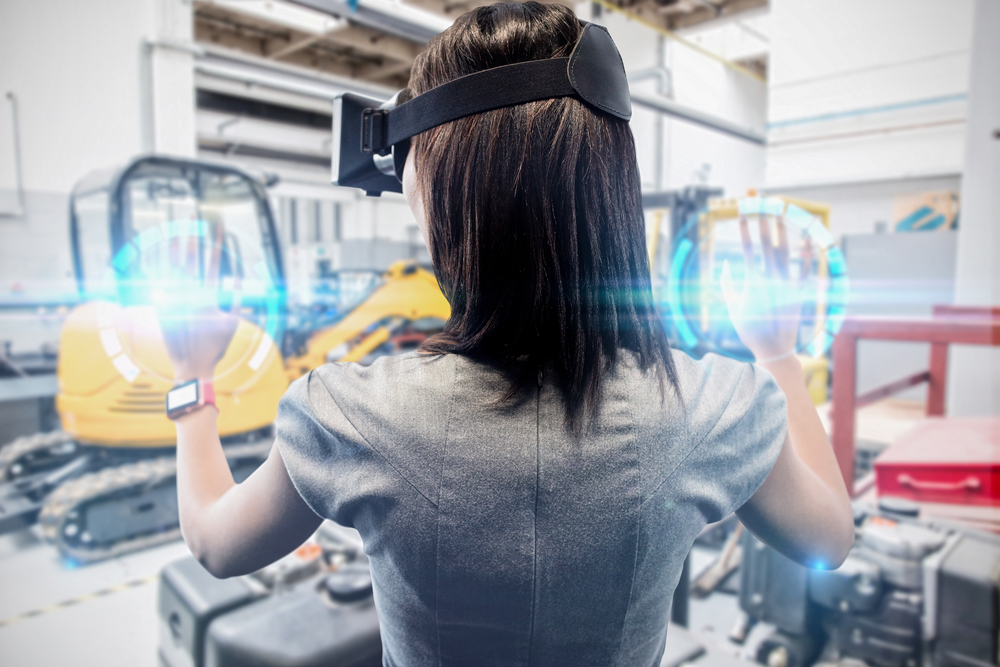
How Augmented Reality is the Future of Construction
While virtual reality replaces the real world with a simulated environment, augmented reality (AR) adds to the real world by augmenting elements of the real environment through computer-generated sensory input. When it comes to building design, augmented reality in construction involves placing a 3D model of the design onto the existing, real-world environment. With AR, the environment becomes more interactive as the user can digitally manipulate elements of the design which are then visible within the context of the real-world environment.
Augmented reality can be useful to architects in obvious ways during the space-planning and design-visualization processes, but it also has useful benefits in construction. AR can be helpful during the prefabrication of building components, for example. By looking at the virtual model of the project, the contractor can see if the planned materials properly fit the design before ordering them. This saves time and money by allowing contractors to order the right materials in the first place and cut down on the adjustments that would have needed to be made had the wrong materials been ordered.
Additionally, the ability to virtually walk through a full-scale design model within the context of a real building site can be used before and during construction to improve accuracy and identify any issues or challenges. Prior to breaking ground, the architect and contractor can walk through the design model to review the design feasibility and collaborate on any preconstruction changes that need to be made. During construction, contractors will no longer have to look back and forth from the BIM model to the real-world environment because they will be able to overlay the BIM model on top of the construction site during the construction phase. This bringing together of the real and virtual worlds ultimately ensures that projects are delivered in less time by helping contractors create more efficient construction schedules, and by helping the team of stakeholders better collaborate in real-time.
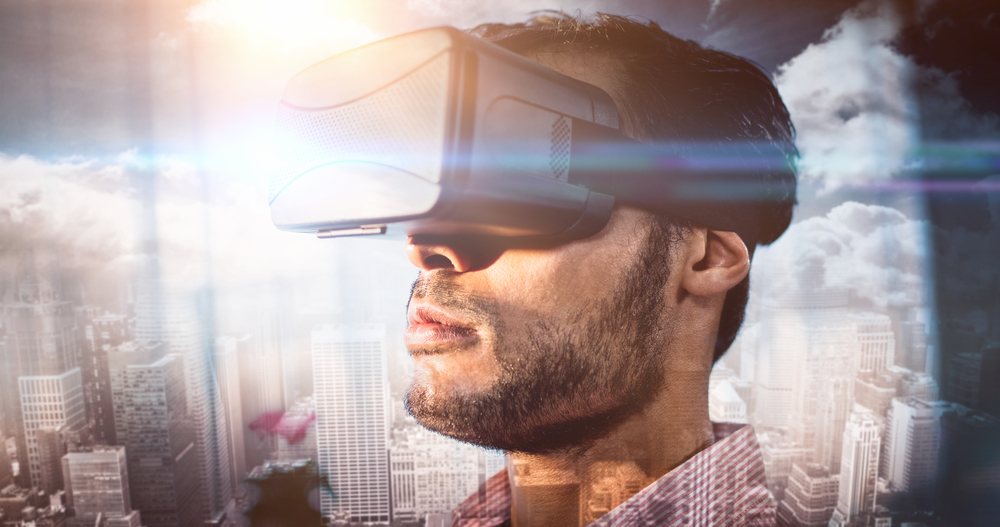
As we can clearly see, virtual reality and augmented reality technologies bring significant value to the design, pre-construction and construction phases. By showcasing opportunities in a more visual and immersive way, increasing workflow and collaboration, and speeding up the construction process, virtual and augmented reality have proven to be beneficial across the industry, which inspires us at South Bay Construction to continue to be innovators in the construction industry.
To get a better understanding of the ever-changing-world of construction technology, download our guide, “Field Notes: A 2017 Guide to Construction Technology.” Inside you’ll find everything you need to keep an eye out for and what new technologies are along the horizon.


